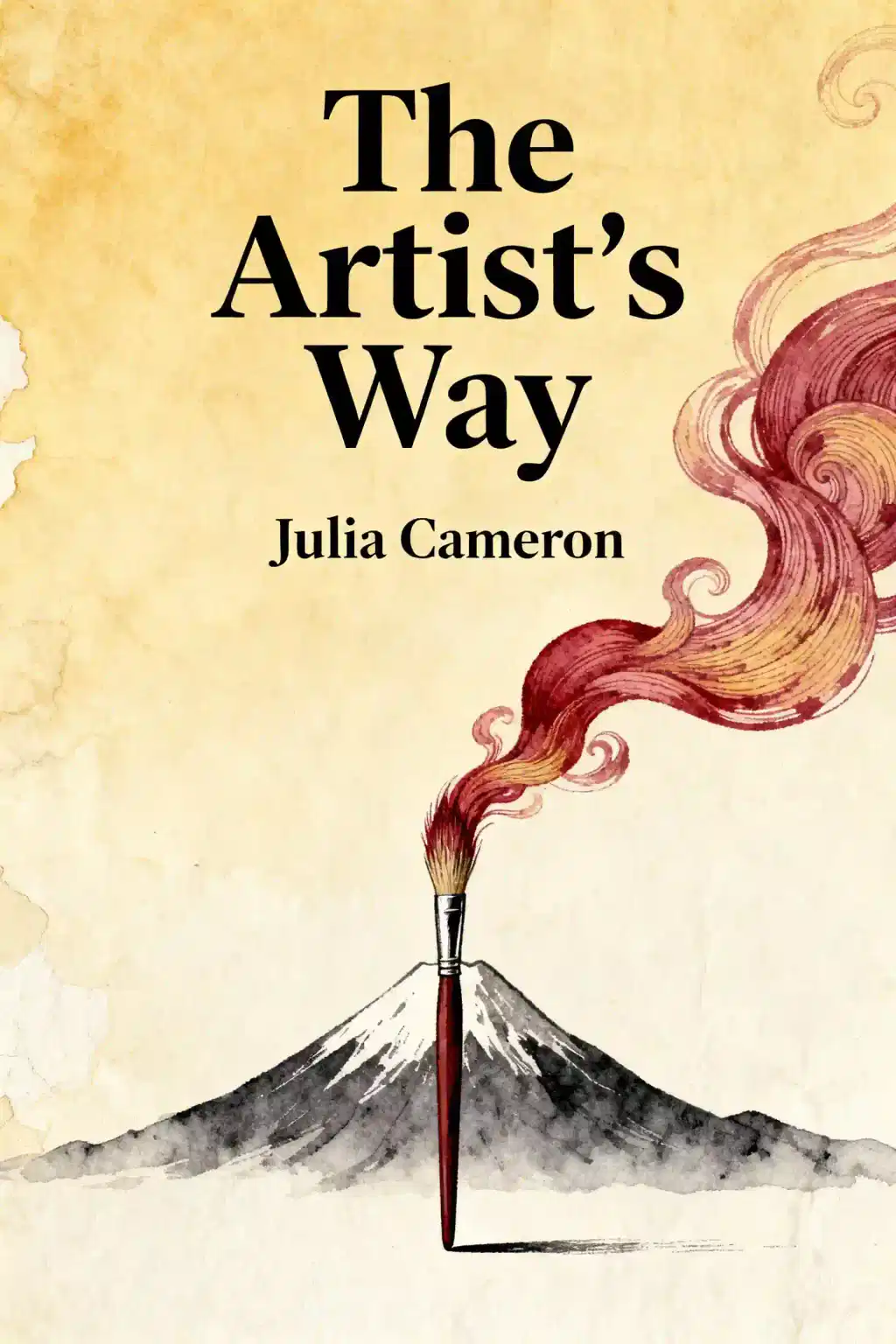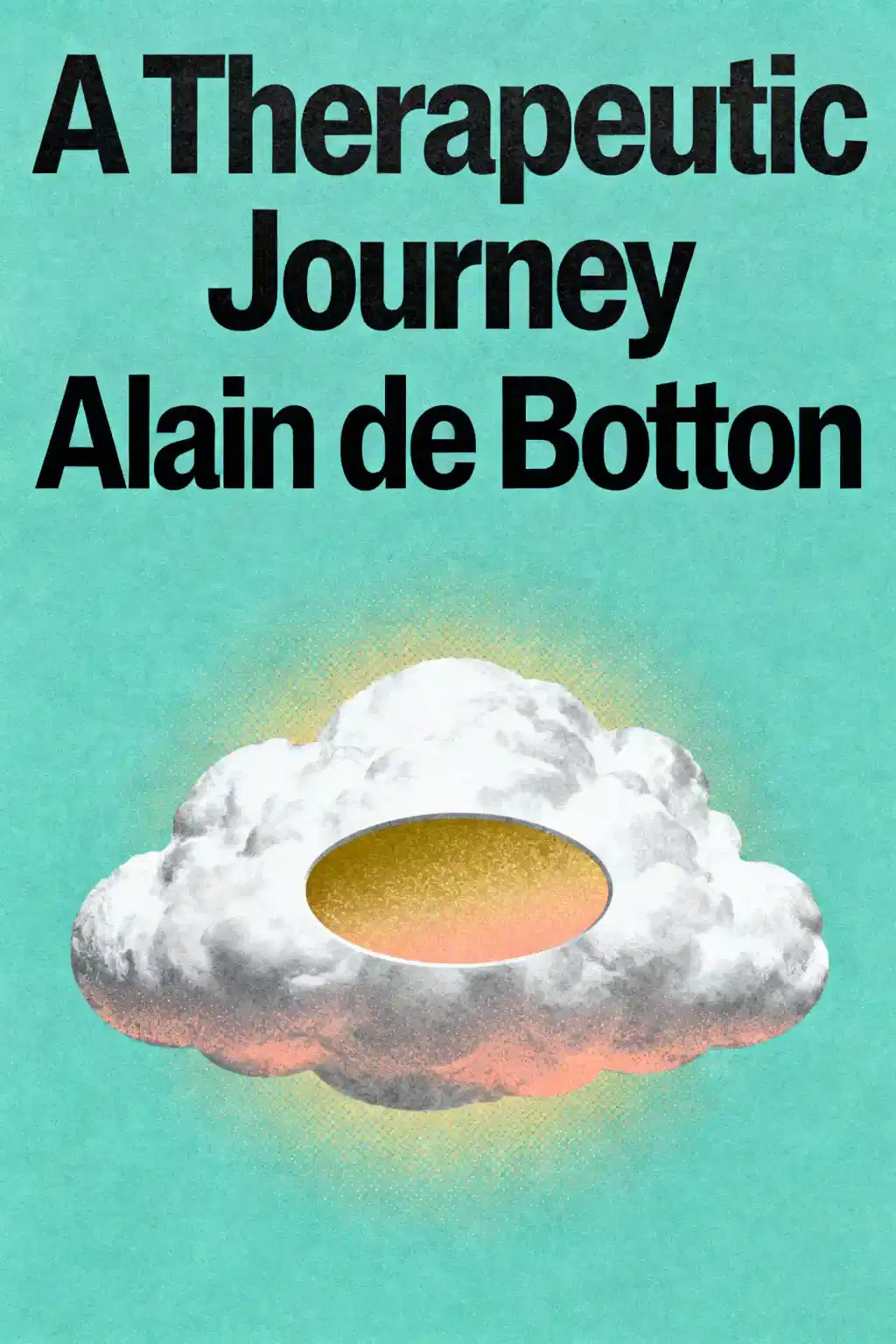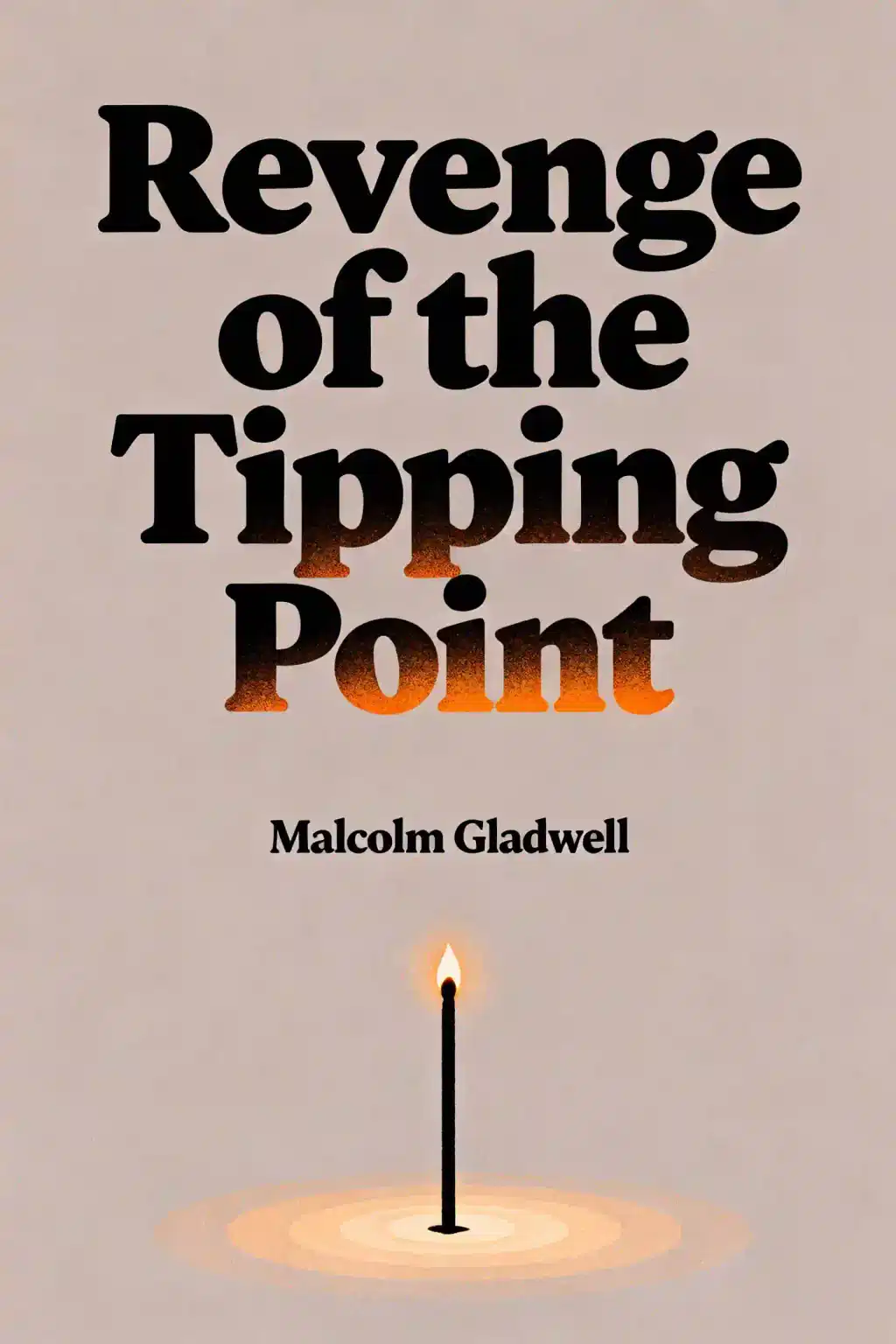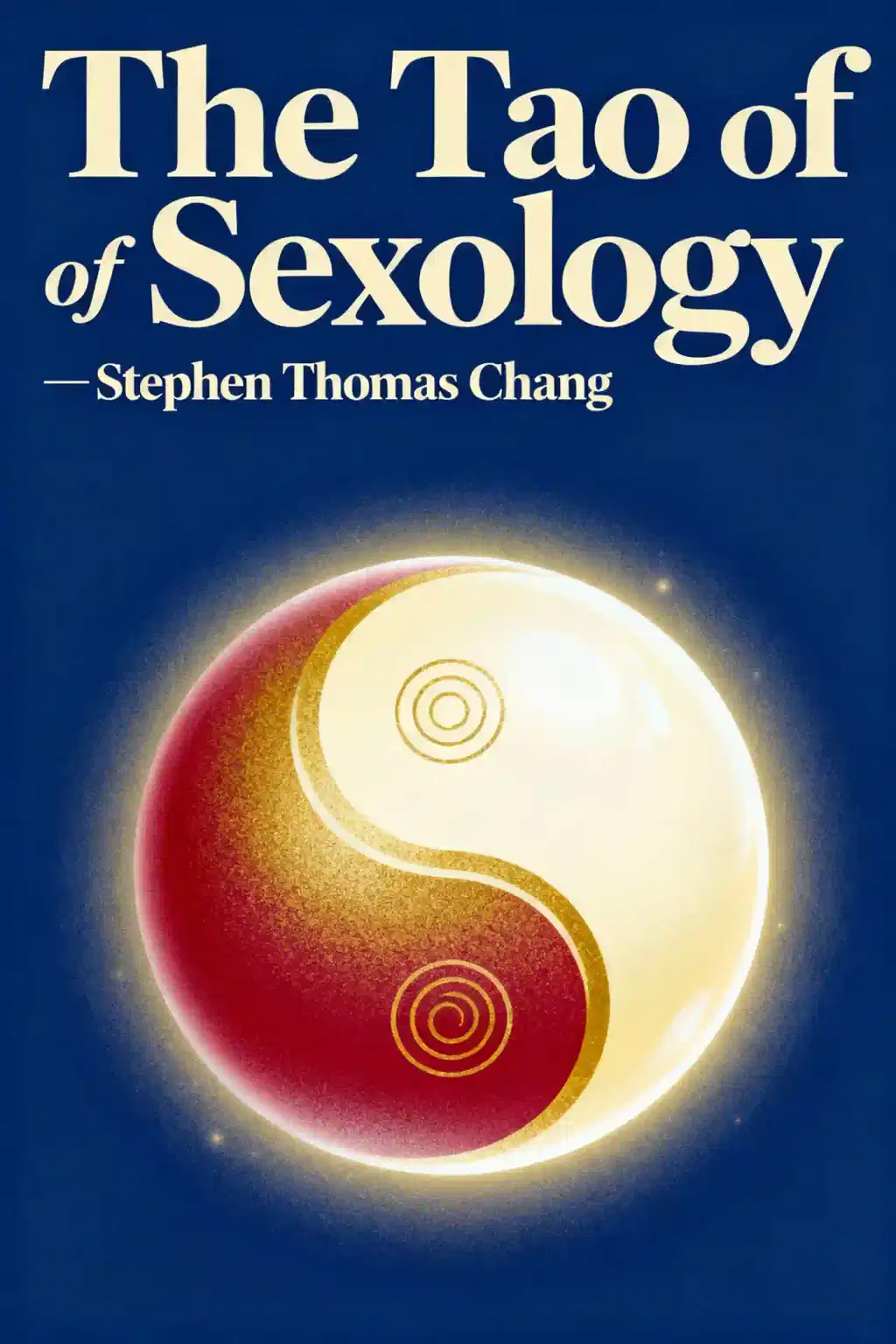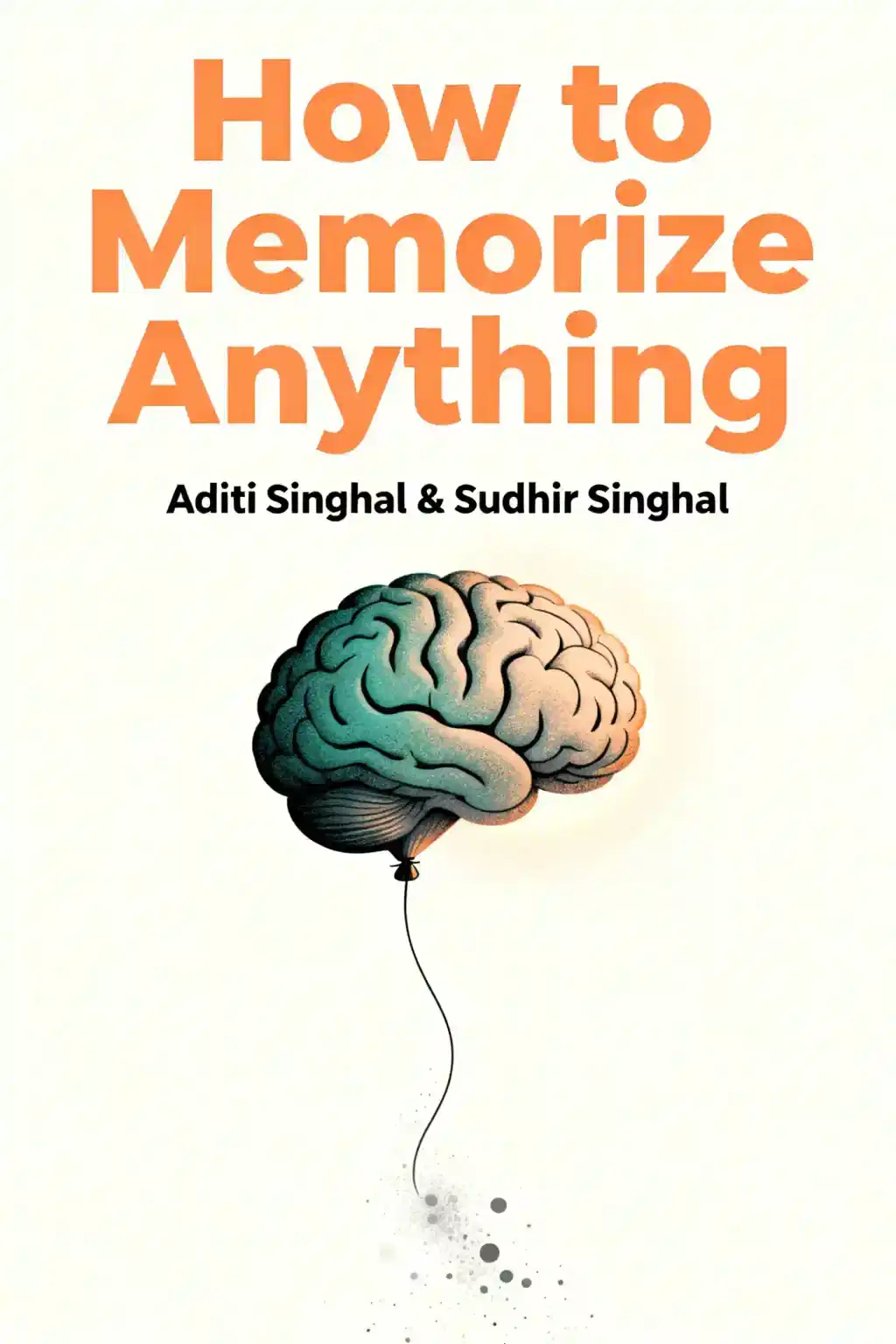What is
The Artist’s Way by Julia Cameron about?
The Artist’s Way is a 12-week creativity recovery program designed to help individuals overcome creative blocks through practices like Morning Pages (daily stream-of-consciousness writing) and Artist Dates (weekly solo excursions). It blends spiritual principles with practical exercises to reconnect users with their innate creativity, addressing self-doubt, perfectionism, and societal pressures that stifle artistic expression.
Who should read
The Artist’s Way by Julia Cameron?
This book is ideal for anyone feeling creatively blocked, from hobbyists to professionals across all artistic disciplines (writers, painters, musicians) or those seeking self-discovery. It’s also used by individuals navigating life transitions, recovering from burnout, or exploring spirituality through creativity.
Is
The Artist’s Way worth reading?
Yes, with over 5 million copies sold and endorsements from figures like Elizabeth Gilbert and Alicia Keys, The Artist’s Way remains relevant for its proven methods to unblock creativity. Its structured yet flexible approach helps users build consistent creative habits, though some may find its spiritual references (e.g., “God” or “higher power”) challenging.
What are Morning Pages in
The Artist’s Way?
Morning Pages involve writing three pages of longhand, stream-of-consciousness thoughts every morning. This practice clears mental clutter, identifies recurring fears, and uncovers creative insights. Julia Cameron describes it as a “brain drain” essential for silencing inner critics and fostering clarity.
How do Artist Dates work in
The Artist’s Way?
Artist Dates are weekly solo activities designed to “fill the creative well,” such as visiting a museum, taking a walk, or trying a new craft. These excursions stimulate inspiration and help users reconnect with their playful, curious selves without judgment.
What is the 12-week structure of
The Artist’s Way?
The book is divided into 12 chapters, each focusing on a theme like recovering a sense of safety, identity, or power. Weekly tasks include reflective exercises (e.g., listing childhood joys), affirmations, and revisiting past traumas that hinder creativity. Users often join “Creative Clusters” for accountability.
Does
The Artist’s Way require a belief in God?
While the book references a “higher power,” Cameron encourages interpreting this concept flexibly—as the universe, inner wisdom, or collective creativity. Skeptics can adapt the spiritual elements to secular frameworks, focusing on the psychological benefits of surrender and trust.
What are common criticisms of
The Artist’s Way?
Some find the program time-intensive (90+ minutes daily) or overly abstract in its guidance. The spiritual undertones and lack of concrete art-specific advice may alienate secular readers or those seeking technical skill-building.
How does
The Artist’s Way address creative recovery?
Cameron argues that creativity is a spiritual practice blocked by “toxic rituals” like self-criticism or comparison. Her exercises rebuild self-trust through incremental progress, reframing failures as growth opportunities and emphasizing consistency over perfection.
Why is
The Artist’s Way popular on TikTok?
The #ArtistsWay hashtag has 8M+ views as Gen Z embraces Morning Pages for mental health and creativity. Its bite-sized exercises align with digital detox trends, while celebrities like Bella Hadid and Olivia Rodrigo have endorsed its timeless advice.
How does
The Artist’s Way compare to
Atomic Habits?
While Atomic Habits focuses on systemic behavior change, The Artist’s Way prioritizes emotional healing as the foundation for creativity. Both emphasize daily rituals, but Cameron’s approach is more introspective and spiritually oriented.
Can
The Artist’s Way help non-artists?
Yes—the program applies to anyone seeking to cultivate creativity in problem-solving, career pivots, or personal growth. Entrepreneurs, teachers, and even scientists use it to overcome fear-based thinking and innovate more freely.
